13 Days and 12 Nights
Daily Tour
Unlimited
English
About this tour
Yala Peak Climbing: A Himalayan Odyssey
Yala Peak, a breathtaking summit in the Langtang region of Nepal! Standing at 5,732 meters (18,806 feet) above sea level, Yala Peak might not be among the highest peaks in the Himalayas, but it holds an undeniable charm and allure for both novice and experienced climbers.
Nestled in the heart of the Langtang region of Nepal, Yala Peak stands as a majestic sentinel at an elevation of 5,732 meters (18,806 feet) above sea level.

This non-technical yet thrilling climb offers a captivating blend of Himalayan adventure, cultural immersion, and breathtaking landscapes. Let’s delve deeper into the nuances of the Yala Peak Climbing expedition, understanding its geographical context, climbing difficulty, the duration of the journey, and the rich cultural tapestry that envelops this Himalayan gem.
Geographical Context:
Yala Peak is situated within the confines of the Langtang National Park, an area renowned for its pristine natural beauty and diverse ecosystems. The climb begins from the charming village of Kyanjin Gompa, nestled in the Langtang Valley. This valley, flanked by the mighty Langtang Lirung and other snow-capped peaks, provides a mesmerizing backdrop for the ascent. The journey to the summit takes climbers through dense forests, alpine meadows, and traditional Tamang villages, offering a rich tapestry of natural and cultural wonders.
The Langtang Valley, often called the ‘Valley of Glaciers,’ presents a dramatic setting for trekkers and climbers alike. Surrounded by towering peaks, the valley’s diverse terrain serves as a gateway to the majestic Yala Peak. The trek towards Kyanjin Gompa unfolds like a storybook, with each step revealing new facets of nature’s grandeur.
Climbing Difficulty:
Yala Peak is often hailed as an ideal introduction to high-altitude mountaineering. While possessing basic trekking and mountaineering skills is advantageous, the climb is considered non-technical, making it accessible to both novice and seasoned climbers. The ascent involves glacier travel, easy rock scrambling, and a final push up a snow slope to reach the summit.
The non-technical nature of Yala Peak makes it an attractive option for those transitioning from trekking to mountaineering. Climbers must use crampons and ice axes, but the technical demands are moderate. This accessibility, however, in no way diminishes the thrill and sense of accomplishment associated with reaching the summit. It provides a perfect platform for individuals to test their limits and delve into high-altitude adventure.
The blend of terrains encountered during the climb adds to its allure. From navigating through dense forests to negotiating rocky outcrops and ascending snow slopes, Yala Peak offers a diverse and engaging climbing experience. This variety challenges climbers physically and provides a sensory feast of textures and landscapes unique to the Himalayan region.
Duration of the Expedition:
A typical Yala Peak Climbing expedition spans approximately 12 to 14 days, encompassing various facets of the Langtang region. The journey begins with a trek from Syabrubesi, gradually gaining altitude as trekkers traverse enchanting landscapes. Acclimatization days in Kyanjin Gompa allow climbers to adjust to the thinning air, ensuring a safer and more enjoyable ascent.
The trek itself is a crucial part of the expedition, offering trekkers a gradual introduction to the challenges of high altitude. As the landscape transforms from lush forests to alpine meadows and finally to the barren beauty of glacial regions, each day brings discoveries and acclimatization opportunities. These acclimatization breaks mitigate the risks associated with altitude sickness and allow climbers to soak in the stunning surroundings.
The climb, including the summit push and descent, is a culmination of physical prowess, mental resilience, and the sheer joy of conquering a Himalayan peak. The final ascent to Yala Peak’s summit unveils panoramic views of the Langtang range and beyond, making the effort invested in the journey worthwhile.
Cultural Highlights:
Beyond the physical challenges and scenic vistas, Yala Peak Climbing offers a cultural odyssey through the traditional villages of the Langtang Valley. The region is predominantly inhabited by Tamang and Sherpa communities, each with unique customs and traditions. Trekkers can interact with locals, gain insights into their way of life, visit ancient monasteries, and even witness traditional dances.
The cultural exchange adds a profound layer to the climbing experience, transforming it into a holistic journey that transcends the mere conquest of a summit. In Kyanjin Gompa, climbers can explore the centuries-old monastery, conversing with resident monks who offer a glimpse into their spiritual practices. The vibrancy of local festivals and rituals further enriches the cultural tapestry, providing climbers with a deeper appreciation for the interconnectedness of nature and culture in the Himalayan landscape.
Logistics and Support:
Expedition organizers typically provide a team of experienced guides and support staff, ensuring the safety and well-being of climbers. The trek to Kyanjin Gompa, the base camp for Yala Peak, involves traversing suspension bridges, crossing pristine rivers, and navigating through verdant forests. The logistical support allows climbers to focus on the ascent and immerse themselves in the Langtang region’s unique experiences.
The support staff not only ensures the safety of climbers but also adds a layer of cultural exchange. Local guides share their intimate knowledge of the region, pointing out unique flora and fauna, narrating stories of the mountains, and facilitating interactions with the local communities. This synergy between logistical support and cultural immersion enhances the overall expedition experience.
Yala Peak Climbing encapsulates the essence of Himalayan adventure, seamlessly blending natural beauty, cultural richness, and the thrill of mountaineering. Whether you are a first-time climber seeking an introductory peak or an experienced alpinist looking for a rewarding journey, Yala Peak beckons with its snow-clad summit and the promise of an unforgettable Himalayan odyssey.
Highlights
- Spectacular Mountain Views
- Cultural Immersion
- Non-Technical Ascent
- Langtang National Park
- Kyanjin Gompa
- Varied Terrain
- Climbing Challenge
- Cultural Exchange
- Holistic Journey
- Langtang Valley Scenery
- Base Camp Experience
- Safe and Supported Climb
Included/Excluded
- Professional assistance throughout the expedition.
- Lodging arrangements during the trekking portion of the trip.
- Food provisions throughout the trek and climbing journey.
- Necessary permits for climbing Yala Peak.
- Utilization of facilities at the base camp.
- Ground transportation as specified in the itinerary.
- Provision of climbing equipment outlined in the package.
- Basic medical supplies for emergencies.
- Travel to and from Nepal and any domestic flights within the country.
- Personal travel insurance covers various aspects, such as trip cancellations, medical emergencies, and evacuation.
- Climbers' individual trekking and climbing gear, clothing, and personal items.
- Additional fees for permits and entry into national parks or specific areas.
- Food expenses in Kathmandu, especially before and after the trek.
- Extra nights of stay in Kathmandu beyond the trekking itinerary.
- Gratuity for guides, porters, and support staff.
- Any side trips or extra activities beyond the planned itinerary.
- Personal medical expenses, vaccinations, and necessary medications.
- Additional costs incurred due to unforeseen circumstances or delays are beyond the organizer's control.
Itinerary
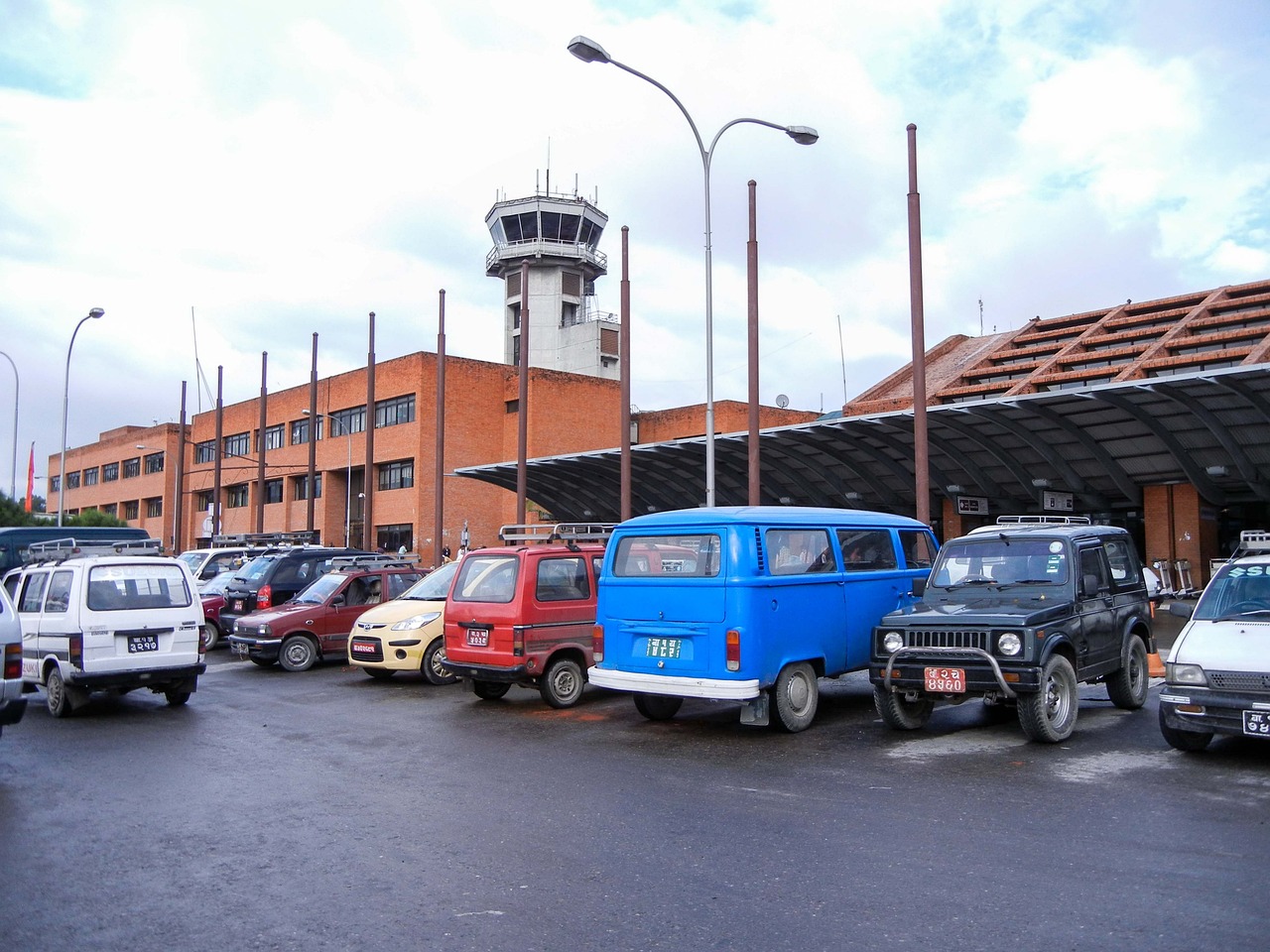
Upon your arrival at Tribhuvan International Airport in Kathmandu (1,400 m/4,593 ft), our team will welcome you, and you'll be transferred to your hotel for an overnight stay, providing a relaxing start to your adventure.
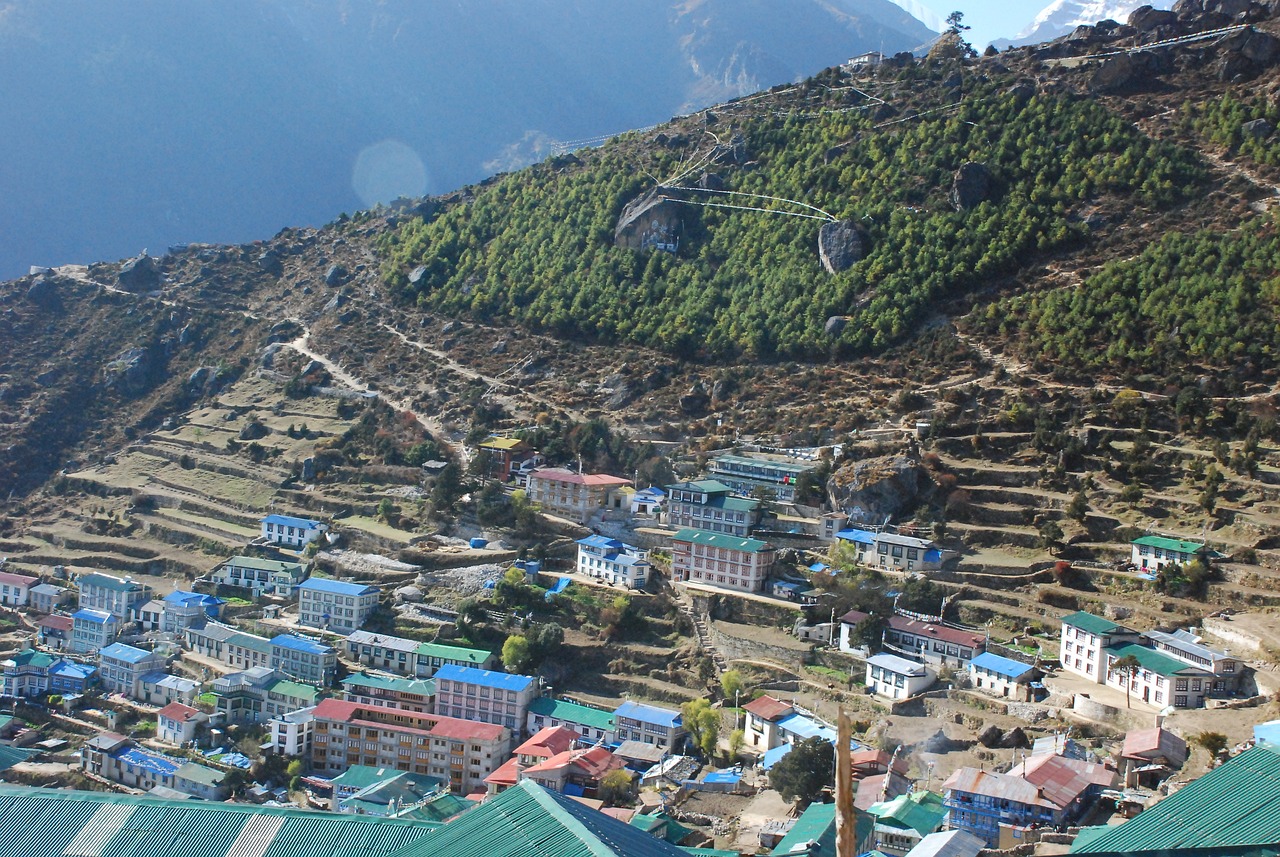
Embark on a scenic drive to Syabru Besi (1,462 m/4,796 ft) via local bus, enjoying breathtaking landscapes along the 7 to 8 hours journey. Check into a guesthouse for an overnight stay, immersing yourself in the serene atmosphere of the surroundings.
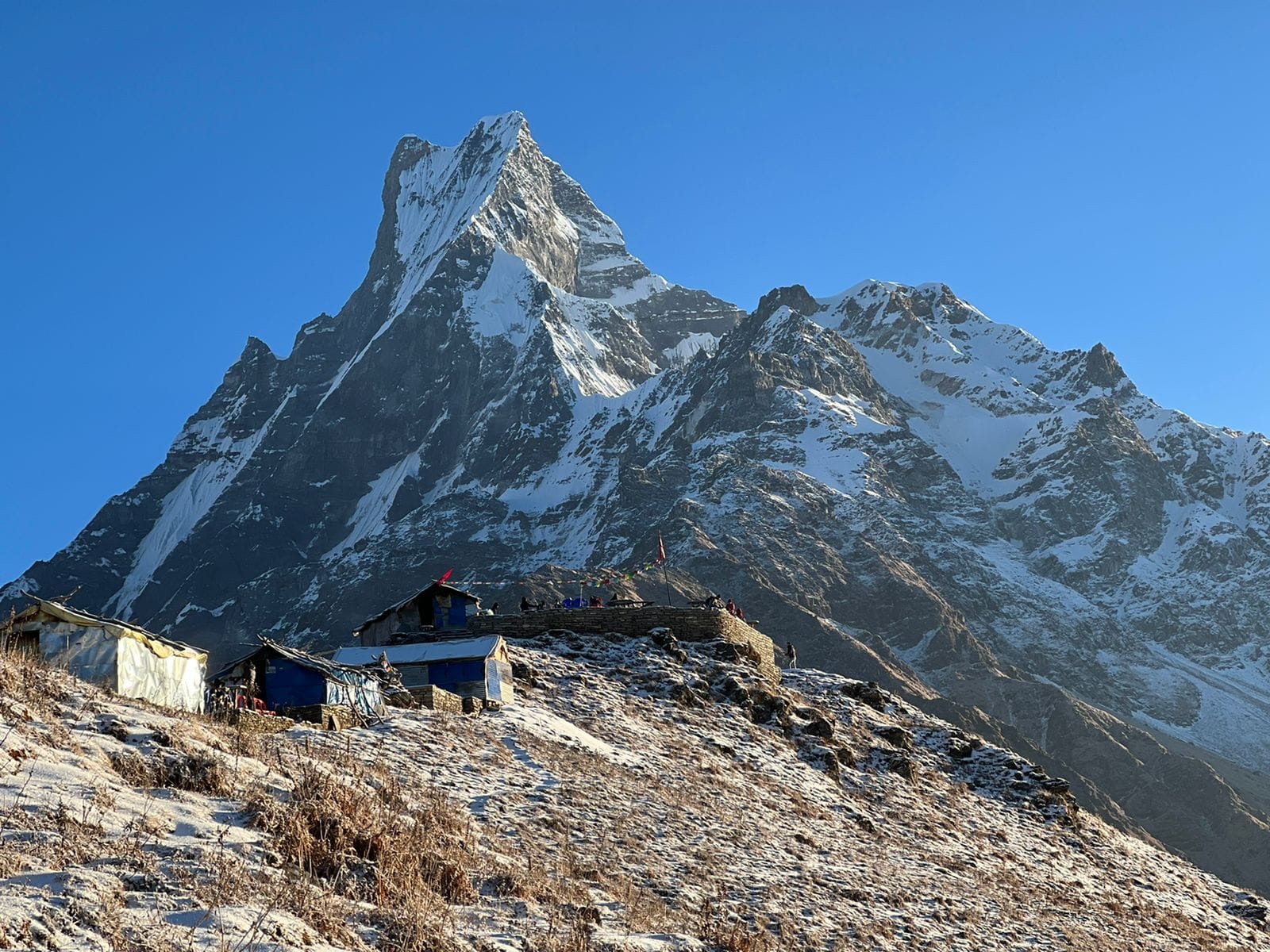
Embark on your trek to Lama Hotel (2,500 m/8,202 ft), a journey of 5 to 6 hours. The trek offers diverse landscapes and the chance to experience the local culture. Overnight at a guesthouse in Lama Hotel.
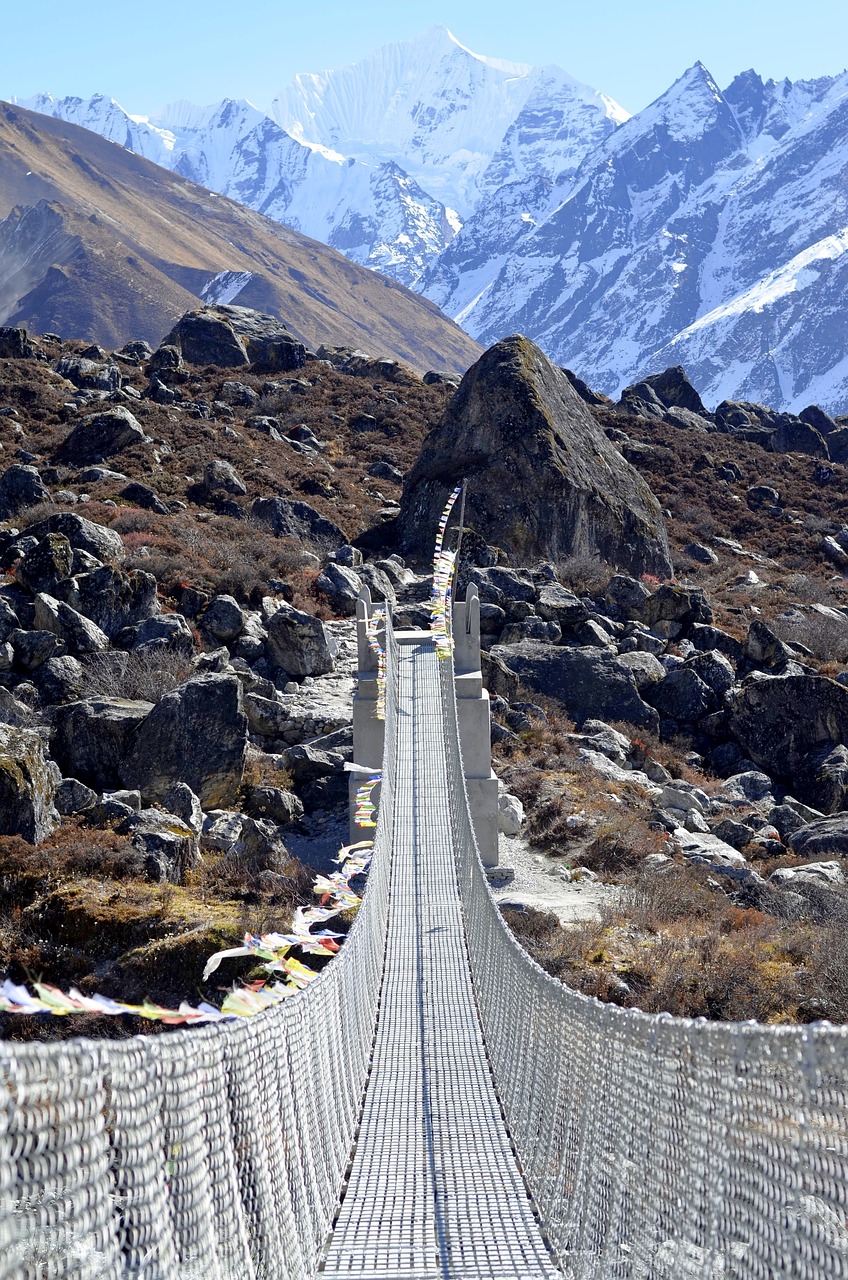
Continue your trek to Langtang Village (3,400 m/11,154 ft) for 5 to 6 hours, passing through picturesque landscapes and charming villages. Arrive at Langtang Village and settle in at the guesthouse for the night.
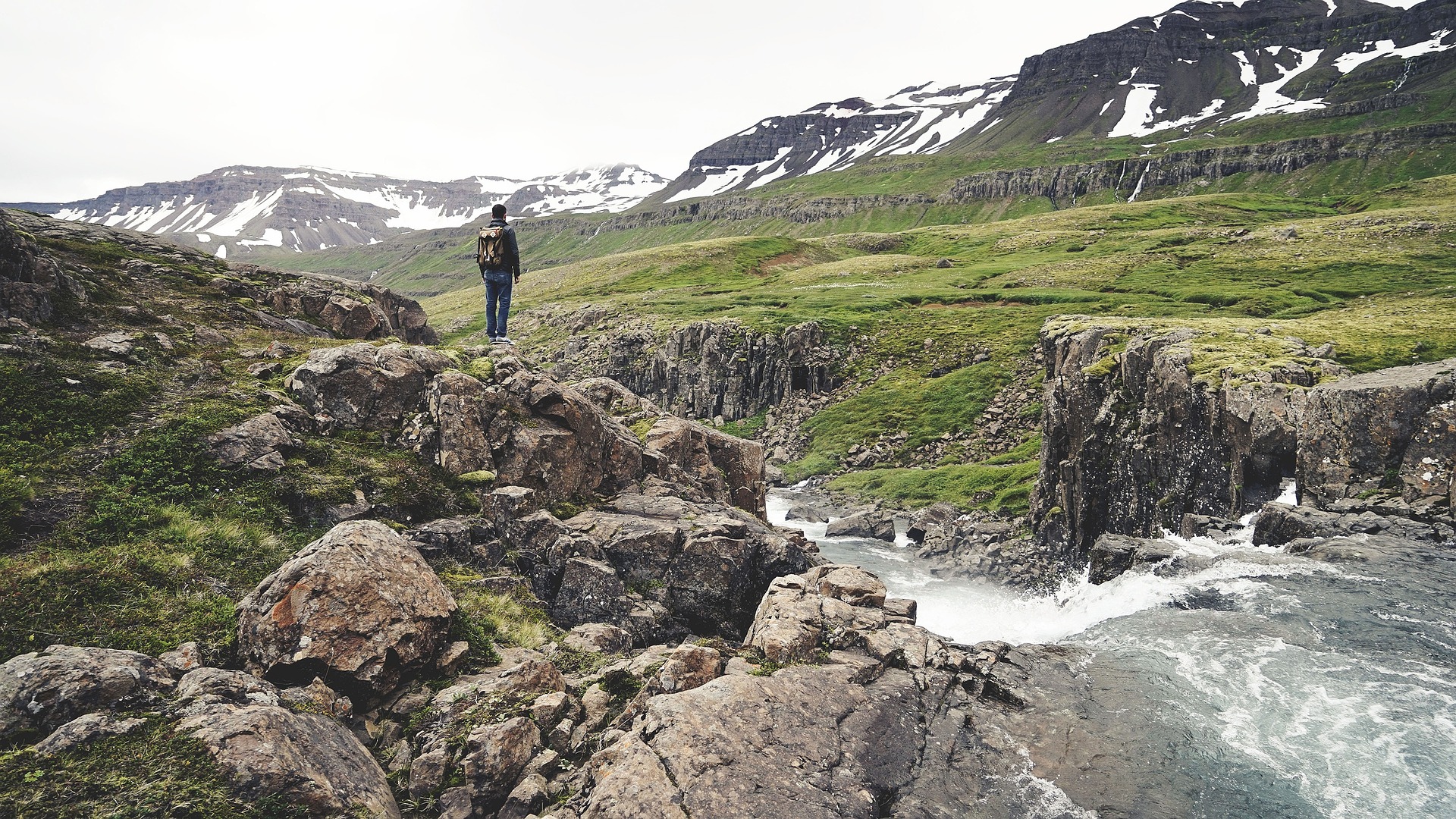
Trek to Kyanjin Gompa (3,830 m/12,565 ft) for 4 to 5 hours, reaching the heart of Langtang Valley. Explore the surroundings and experience the unique culture. Overnight at a guesthouse in Kyanjin Gompa.

This day is designated for exploration and acclimatization in Kyanjin Gompa. You can spend your time immersing yourself in the local culture, interacting with the residents, and enjoying the breathtaking mountain views. The guesthouse will be your accommodation for the night.

Your trek continues to Yala Peak Base Camp (4,500 m/14,763 ft), a journey of 5 to 6 hours. As you ascend, the landscape becomes more rugged, and you'll set up camp at the base of Yala Peak. Overnight will be spent in tents, surrounded by the high-altitude wilderness.
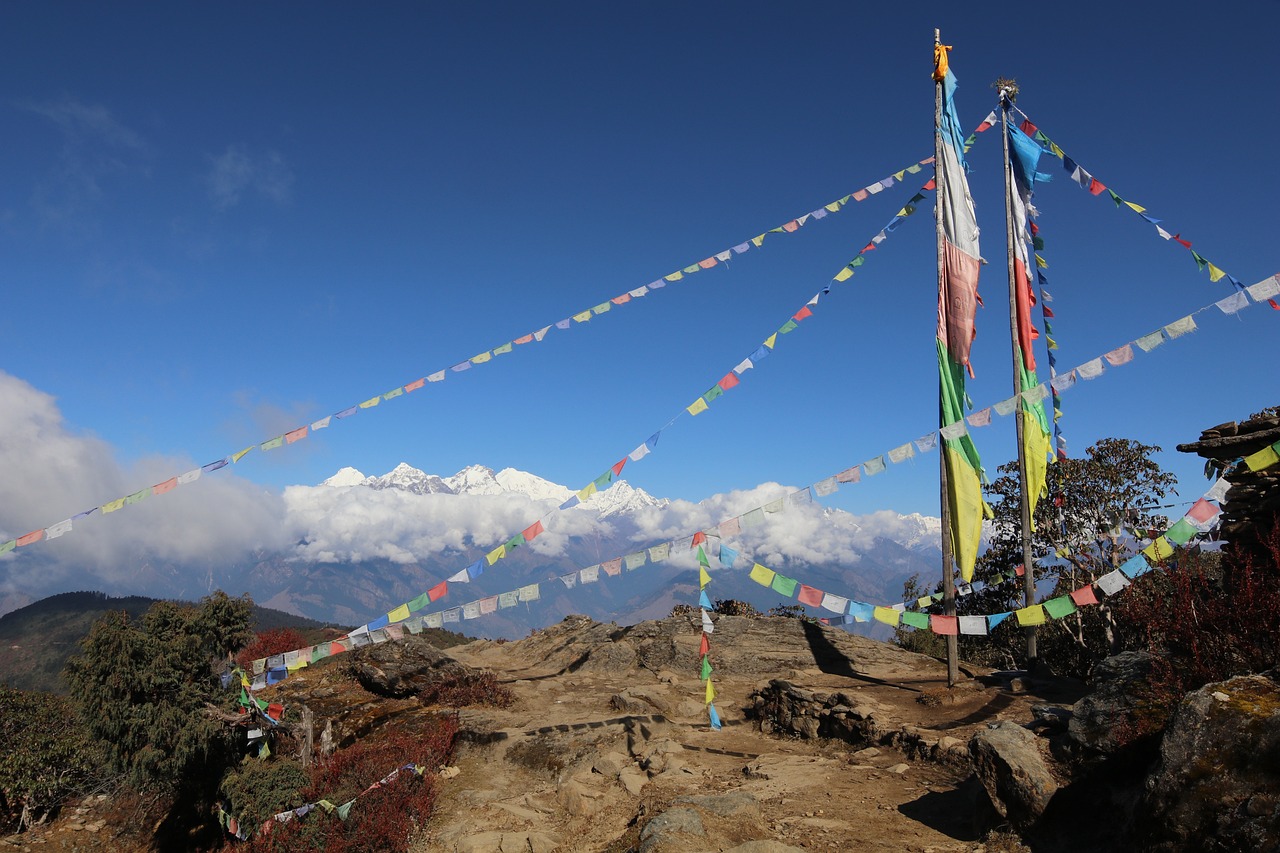
Today is a challenging yet rewarding day as you summit Yala Peak (5,500 m/18,044 ft). The ascent and descent take approximately 8 to 9 hours. Once at the summit, you'll be rewarded with stunning panoramic views of the Himalayan peaks. After descending, you'll return to Kyanjin Gompa for an overnight stay at the guesthouse.

A spare day is incorporated into the itinerary to account for any unforeseen circumstances, especially in the case of unfavorable weather conditions. This flexibility ensures a safer and more enjoyable trekking experience. Overnight at the guesthouse.

Retracing your steps, you'll trek back to Lama Hotel (2,500 m/8,202 ft) for 5 to 6 hours. The trail offers a different perspective, and you'll have the chance to appreciate the natural beauty once again. Overnight accommodation will be at a guesthouse in Lama Hotel.
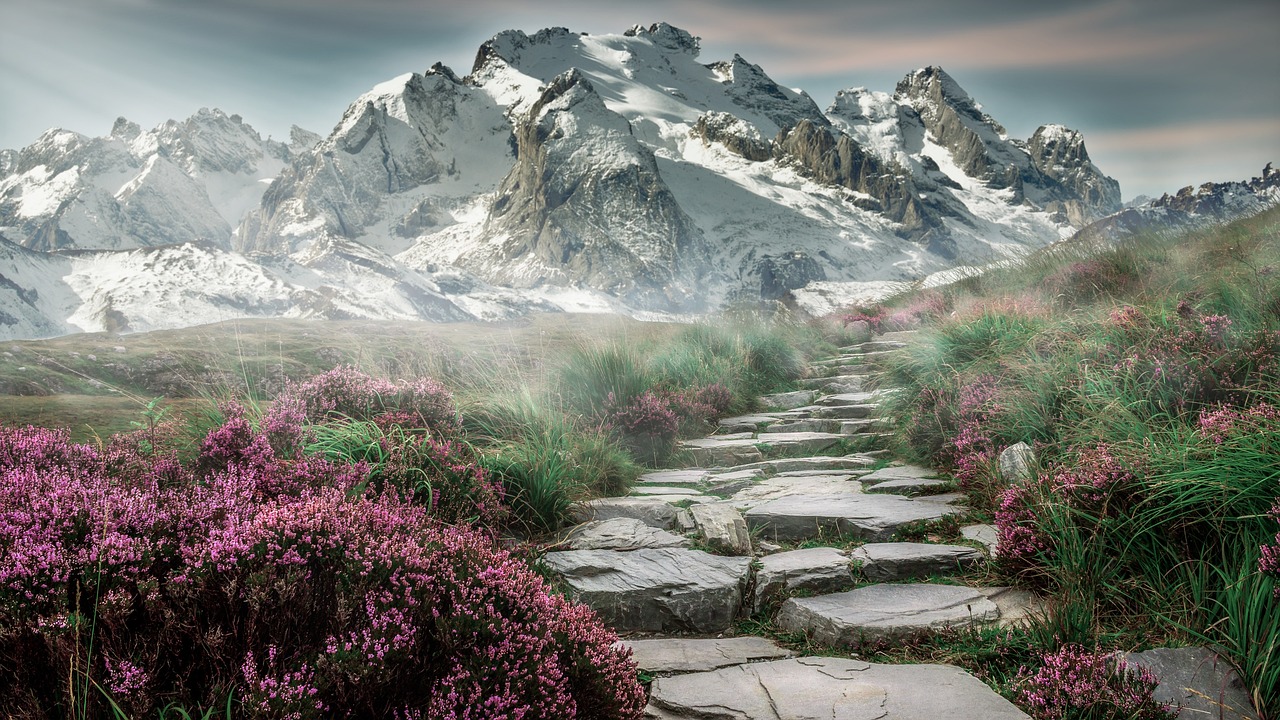
Continue your descent as you trek back to Syabru Besi (1,462 m/4,796 ft) for 6 to 7 hours. The journey allows you to soak in the last glimpses of the Langtang region's landscapes and culture. Overnight stay will be at a guesthouse.
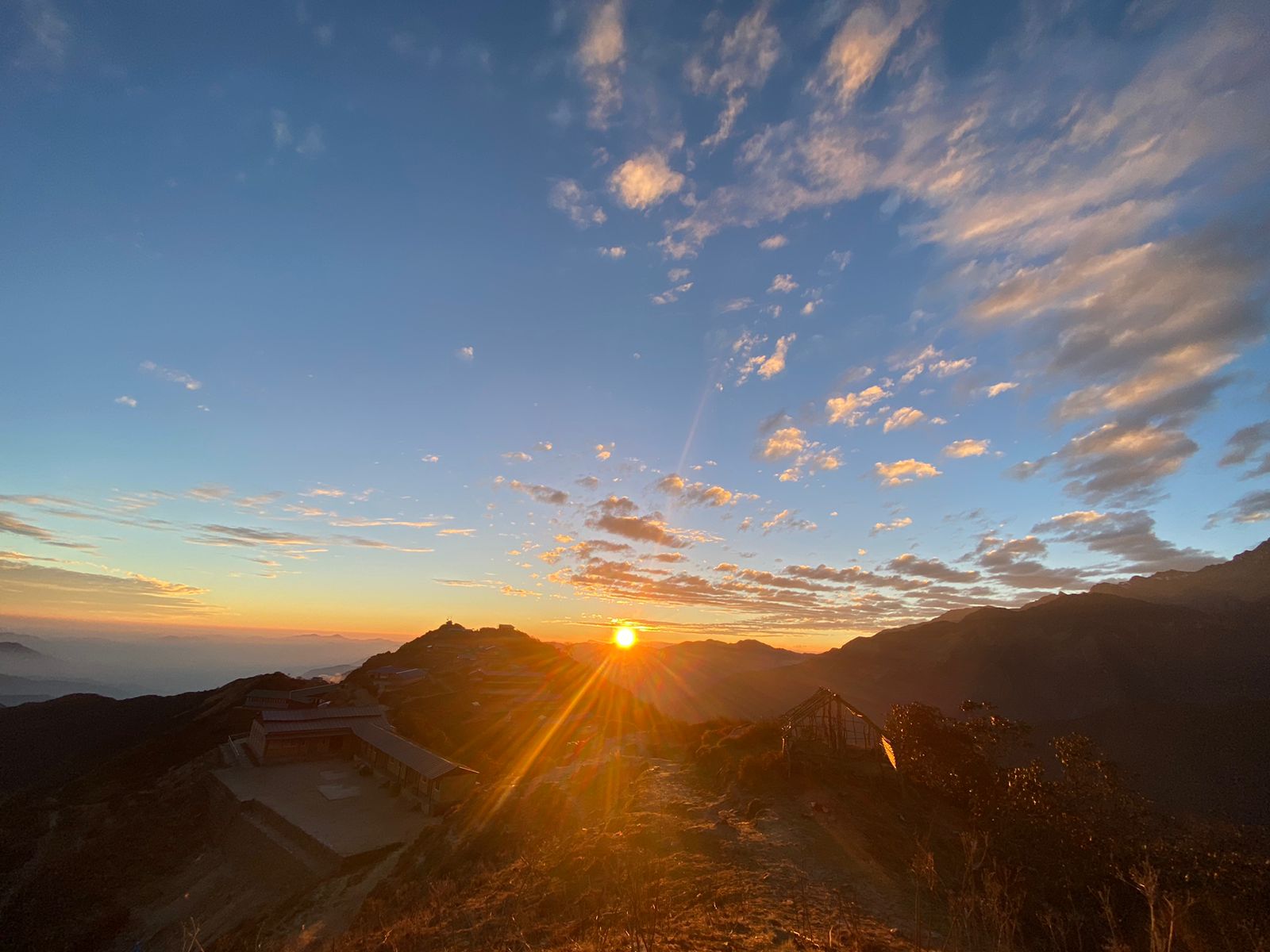
The trek concludes with a scenic drive back to Kathmandu, taking approximately 7 to 8 hours. You'll return to the bustling city, and the remainder of the day is free for you to relax or explore. Overnight accommodation will be at your hotel.

On your final day, our team will assist with your transfer to Tribhuvan International Airport for your departure. Reflect on the memories and achievements of your trekking adventure as you bid farewell to Nepal, concluding a remarkable journey in the Langtang region.
Durations
Languages
Frequently asked questions
The best time for Yala Peak Climbing is during the pre-monsoon (spring) and post-monsoon (autumn) seasons, which offer favorable weather conditions and clear skies. The recommended months for Yala Peak Climbing are:
- Spring (April to June):
- Weather: Spring is considered the best time for climbing Yala Peak. The weather is generally stable, with mild temperatures and clear skies.
- Flora and Fauna: The trekking route comes alive with blooming rhododendrons and other colorful flowers, enhancing the scenic beauty of the Langtang Valley.
- Moderate Temperatures: Daytime temperatures are mild, providing comfortable trekking and climbing conditions.
- Autumn (September to November):
- Weather: Autumn is another excellent season for Yala Peak Climbing, characterized by clear skies, a stable climate, and crisp mountain views.
- Post-Monsoon Clarity: The post-monsoon period brings clear visibility, offering stunning panoramic views of the surrounding peaks.
- Dry Conditions: The weather is generally dry, minimizing rain chances and providing optimal trekking and climbing conditions.
These seasons offer the best balance of weather conditions, visibility, and overall safety for the expedition. During these periods, climbers can enjoy the beauty of the Langtang Valley, experience cultural interactions with local communities, and ascend Yala Peak with a higher likelihood of success. It's important to note that the Langtang region can experience harsh weather conditions, including cold temperatures and snow, during the winter months (December to February). Additionally, the monsoon season (June to August) brings heavy rainfall and is not recommended for climbing due to the increased risk of avalanches, landslides, and challenging trekking conditions. Climbers should plan their Yala Peak Climbing expedition during the recommended seasons to optimize their chances of a successful and enjoyable experience. Additionally, checking weather forecasts and coordinating with expedition organizers for real-time updates is advisable for a safe and well-planned ascent. Do I need previous climbing experience to attempt Yala Peak? While prior climbing experience is advantageous, Yala Peak is often considered an ideal choice for climbers with essential trekking experience looking to venture into high-altitude mountaineering. The climb to Yala Peak is generally categorized as non-technical, making it accessible to a broad range of individuals, including novice and moderately experienced climbers. Here are some key considerations regarding the climbing experience for Yala Peak:
- Non-Technical Ascent: Yala Peak is known for its non-technical climb, involving glacier travel, easy rock scrambling, and a final snow slope push to the summit. The lack of highly technical terrain makes it suitable for climbers with extensive mountaineering skills.
- Introduction to High-Altitude Climbing: Yala Peak is an excellent introduction to high-altitude climbing for those with a reasonable fitness level and a desire to experience the challenges and rewards of ascending a Himalayan peak.
- Basic Fitness Level: While climbing experience is not mandatory, having a good fitness level is essential. Regular cardiovascular and strength training can help participants prepare for the physical demands of the ascent and the high-altitude environment.
- Guided Expeditions: Many climbers attempt Yala Peak as part of guided expeditions. Experienced guides provide essential instruction support and ensure the safety of participants throughout the climb. They often conduct pre-climb briefings and training sessions.
- Acclimatization Days: The itinerary for Yala Peak Climbing typically includes acclimatization days, allowing participants to adapt to the thinning air at higher altitudes. This helps minimize the risk of altitude-related issues.
- Team Support: Climbers often benefit from the camaraderie of a group, creating a supportive environment for those with varying levels of experience. Team members can share knowledge and encouragement throughout the journey.
While Yala Peak is approachable for climbers without extensive mountaineering experience, participants must be physically and mentally prepared. Engaging in preparatory treks, maintaining a fitness regimen, and being open to learning from experienced guides contribute to a safer and more enjoyable Yala Peak Climbing experience. As with any high-altitude climb, individuals should assess their fitness levels and consult with expedition organizers to determine if Yala Peak is a suitable choice based on their experience and aspirations.
Several permits are required for the Yala Peak Climbing expedition, as the trek and climb occur in the Langtang region of Nepal, a protected area. Here are the primary permits needed:
- Langtang National Park Entry Permit:
- Purpose: This permit allows entry into Langtang National Park, a designated protected area encompassing the Langtang Valley.
- Obtaining the Permit: Travelers can get the Langtang National Park Entry Permit at the park entrance, through the Department of National Parks and Wildlife Conservation in Kathmandu, or at the trailhead.
- TIMS (Trekkers' Information Management System) Card:
- Purpose: The TIMS card is a mandatory document designed to manage trekking information, ensuring the safety and security of trekkers in the Langtang region.
- Obtaining the Card: Trekkers can get the TIMS card through the Nepal Tourism Board or an authorized trekking agency in Kathmandu.
- Yala Peak Climbing Permit:
- Purpose: This specific climbing permit is required for ascending Yala Peak.
- Obtaining the Permit: The Yala Peak Climbing Permit is typically arranged by the expedition organizers and received through the Nepal Mountaineering Association (NMA). Climbers need to submit necessary documentation, including passport copies and passport-sized photographs.
- Restricted Area Permit (if applicable):
- Purpose: Depending on the specific trekking route chosen, climbers may need a Restricted Area Permit for certain sections of the Langtang region.
- Obtaining the Permit: If the chosen itinerary includes restricted areas, the permit can be obtained through the Department of Immigration in Kathmandu.
Participants must check with their expedition organizers to confirm the specific permit requirements for their chosen itinerary. Expedition organizers often assist participants in obtaining the necessary permits, ensuring compliance with local regulations. Additionally, having these permits in order is crucial for legal and safety reasons and a smooth and enjoyable Yala Peak Climbing experience.
Yala Peak is considered a non-technical climb, making it accessible to many climbers, from novices with essential trekking experience to more seasoned mountaineers. The climb involves glacier travel, easy rock scrambling, and a final snow slope push to the summit. Here's a breakdown of the challenges associated with climbing Yala Peak:
- Moderate Difficulty: Yala Peak is often classified as a moderate climb, offering a suitable challenge for those looking to venture into high-altitude mountaineering without tackling the technical complexities associated with more advanced peaks.
- Altitude: While lower than some of the more renowned peaks in the region, Yala Peak still reaches a substantial height of 5,732 meters (18,806 feet) above sea level. Altitude-related challenges, such as decreased oxygen levels, require climbers to acclimate correctly to mitigate altitude sickness risk.
- Glacier Travel: The ascent involves navigating glaciers, traversing crevasses and icy terrain. Basic knowledge of glacier travel and roped techniques is usually recommended, although guides provide necessary instructions and support.
- Rock Scrambling: Parts of the climb may require negotiating rocky sections, which generally involve easy to moderate rock scrambling. Climbers should have a reasonable level of physical fitness and be comfortable with ascending and descending rocky terrain.
- Snow Slope Push: The final ascent to the summit typically involves a snow slope. Climbers may use crampons and ice axes, and a good sense of balance is beneficial. The snow slope is usually manageable for climbers with prior experience or under the guidance of experienced guides.
- Weather Conditions: Like any mountain climb, weather conditions can impact the difficulty of the ascent. Sudden changes in weather, snowfall, or high winds can add challenges to the promotion.
- Guided Support: Yala Peak Climbing expeditions are usually led by experienced guides who provide necessary support instruction and ensure the safety of participants. Climbers benefit from the guidance and expertise of the expedition team.
- Adequate Preparation: While Yala Peak is approachable for climbers without extensive mountaineering experience, good physical preparation, including cardiovascular fitness and strength training, is advisable to enhance the overall climbing experience.
The climb to Yala Peak balances adventure and accessibility, allowing participants to summit a Himalayan peak while experiencing the challenges and rewards of high-altitude mountaineering. Climbers must approach the expedition with a positive mindset, a willingness to learn, and an awareness of the physical demands of high-altitude climbs.
During the trek to Yala Peak, accommodation is typically in teahouses, which are basic lodges found along the trekking route. Here's what you can generally expect regarding accommodation:
- Teahouses:
- Characteristics: Teahouses are traditional mountain lodges that cater to trekkers and climbers. They provide a basic yet comfortable place to rest and recharge.
- Facilities: Teahouses offer simple rooms with twin beds, basic furniture, and shared bathroom facilities. Some teahouses may have attached bathrooms but are expected to share communal toilets and washing areas.
- Common Areas: Teahouses often have communal dining areas where trekkers can enjoy meals, socialize, and relax. They may also provide common spaces with heating options, especially at higher altitudes.
- Camping at Base Camp:
- Base Camp Setup: Upon reaching the base camp for Yala Peak, accommodation transitions to camping facilities. Expedition organizers typically set up comfortable tents with sleeping bags and mats to provide a more secure and controlled environment.
- Dining Tents: Base camps often include dining tents where climbers gather for meals, socializing and expedition briefings. This adds a communal aspect to the camping experience.
- Comfort Level:
- Basic Amenities: While teahouses provide the necessary amenities for a comfortable stay, it's essential to recognize that facilities may be more fundamental than urban accommodations. Warm blankets, clean bedding, and a hearty meal are standard offerings.
- Cultural Experience:
- Local Hospitality: Staying in teahouses allows one to experience the local culture and hospitality. Many teahouse owners are welcoming, and the atmosphere is often conducive to cultural exchange with fellow trekkers.
- Altitude Considerations:
- Altitude-Adapted Accommodations: As you ascend to higher altitudes, teahouses may become more straightforward regarding facilities due to logistical challenges. Adequate heating becomes essential, especially at higher elevations.
It's important to note that while the accommodations are essential, they add a unique charm to the trekking experience. Participants should approach the journey with an open mindset, understanding that the focus is on adventure, natural beauty, and cultural immersion rather than luxury accommodations. Expedition organizers typically select teahouses with a reputation for cleanliness and hospitality, enhancing the overall trekking experience for participants.
Yes, travel insurance is typically a mandatory requirement for participation in the Yala Peak Climbing expedition. Travel insurance is a crucial safety measure, covering various unforeseen circumstances during the trek and climb. Here are key reasons why travel insurance is essential for the expedition:
- Medical Emergencies: Travel insurance covers medical expenses in case of injuries or illnesses that may occur during the trek or climb. This includes hospitalization costs, medications, and emergency medical evacuation, which can be crucial in remote mountainous regions.
- Trip Cancellations and Interruptions: In the event of unexpected circumstances leading to the cancellation or interruption of the expedition, travel insurance provides coverage for non-refundable trip costs, helping participants recover some or all of their prepaid expenses.
- Evacuation and Repatriation: Travel insurance often includes emergency evacuation and repatriation coverage. In the case of a severe medical condition or injury, evacuation to a medical facility or repatriation to the home country may be necessary.
- Lost or Stolen Belongings: Travel insurance protects against losing, stealing, or damaging personal belongings during the expedition. This can include equipment, clothing, and other valuables.
- Travel Delays: In the event of travel delays, such as flight cancellations or schedule changes, travel insurance can cover additional accommodation, meals, and other related expenses.
- Personal Liability: Travel insurance may offer coverage for personal liability, protecting participants in case they are held legally responsible for causing injury or damage to others during the expedition.
- High-Altitude Coverage: Some travel insurance policies specifically cover activities at high altitudes, addressing the unique risks of mountain climbing.
- Policy Requirements by Organizers: Expedition organizers often make travel insurance mandatory for participation in their programs. This ensures that participants are adequately covered for the trek and climb.
When obtaining travel insurance for Yala Peak Climbing, participants should carefully review the policy to ensure that it provides comprehensive coverage for the specific needs of high-altitude trekking and climbing in a remote mountainous environment. Additionally, participants should check with the expedition organizer to confirm any particular insurance requirements and recommendations for the Yala Peak expedition.
Yes, meals are typically provided as part of the Yala Peak Climbing expedition package. The provision of meals is an integral component of the overall expedition services, ensuring that participants have access to nourishing and energy-rich food throughout the trek and climb. Here are some key points regarding meals during the Yala Peak Climbing expedition:
- Meal Inclusions: The expedition package usually includes meals during the trekking and climbing portions of the journey. This encompasses breakfast, lunch, and dinner.
- Meal Variety: Meals provided during the expedition are designed to be nutritionally balanced, providing a mix of carbohydrates, proteins, and other essential nutrients. The menu often includes a variety of local and international dishes to cater to different tastes and dietary preferences.
- Teahouse Meals: While trekking, meals are often served in teahouses along the route. Teahouses are traditional mountain lodges that cater to trekkers and climbers, offering a communal dining experience.
- Base Camp Facilities: At the base camp, where climbers rest and prepare for the summit push, meals are typically provided in a communal dining setting. Base camp facilities are set up to accommodate the needs of the climbing team.
- Climbing Snacks: During the climb, climbers may be provided with snacks and energy bars to maintain energy levels and stay hydrated.
- Special Dietary Requirements: Expedition organizers usually inquire about participants' dietary preferences and any special dietary requirements. Efforts are made to accommodate vegetarian, vegan, or other dietary needs.
It's important for participants to check with the expedition organizer regarding the specifics of meal inclusions, menu variations, and any additional details related to food during the expedition. Adequate nutrition is essential for maintaining energy levels and stamina, particularly in the challenging conditions of high-altitude trekking and climbing. Participants should communicate any specific dietary concerns or preferences to ensure a comfortable and enjoyable dining experience during the Yala Peak Climbing expedition


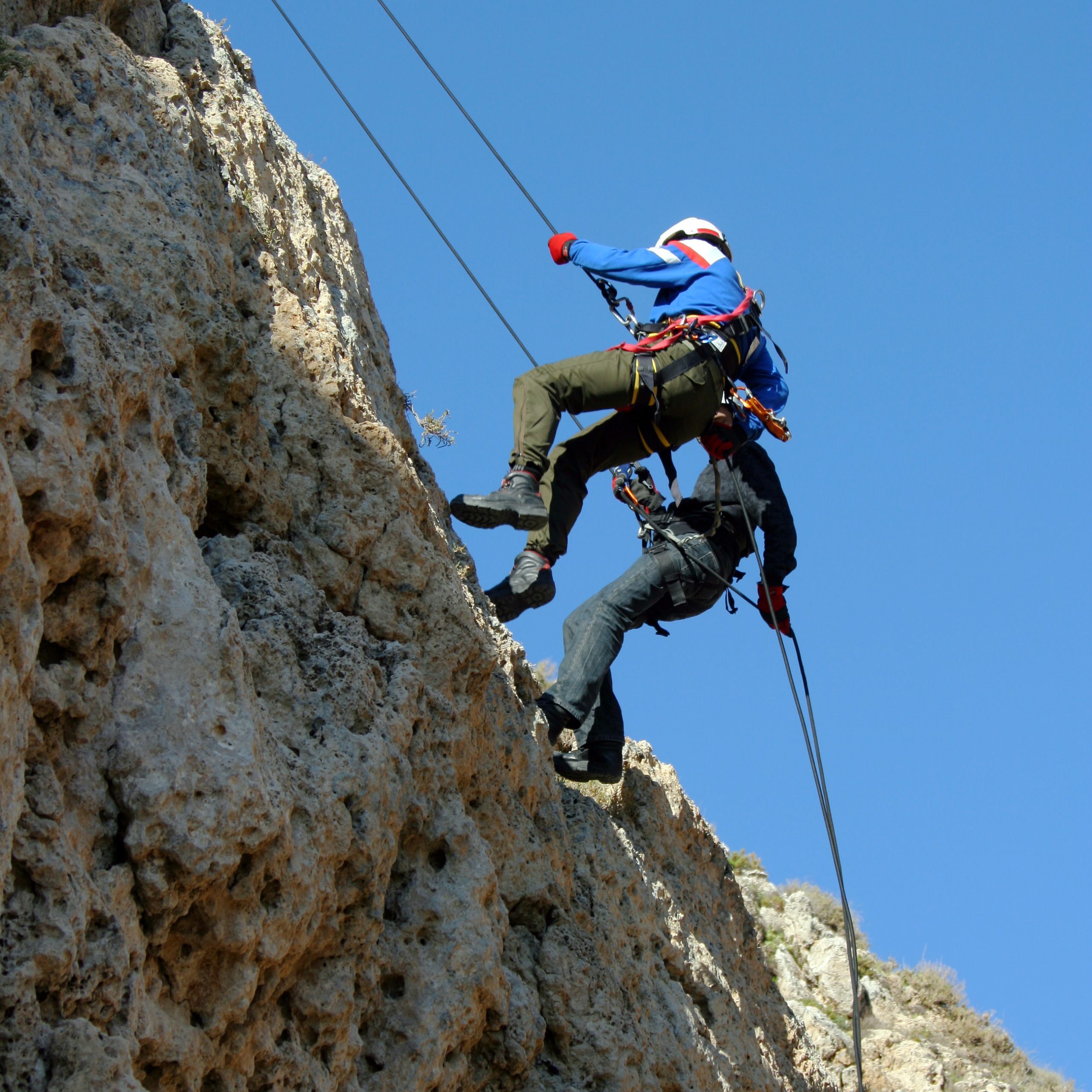

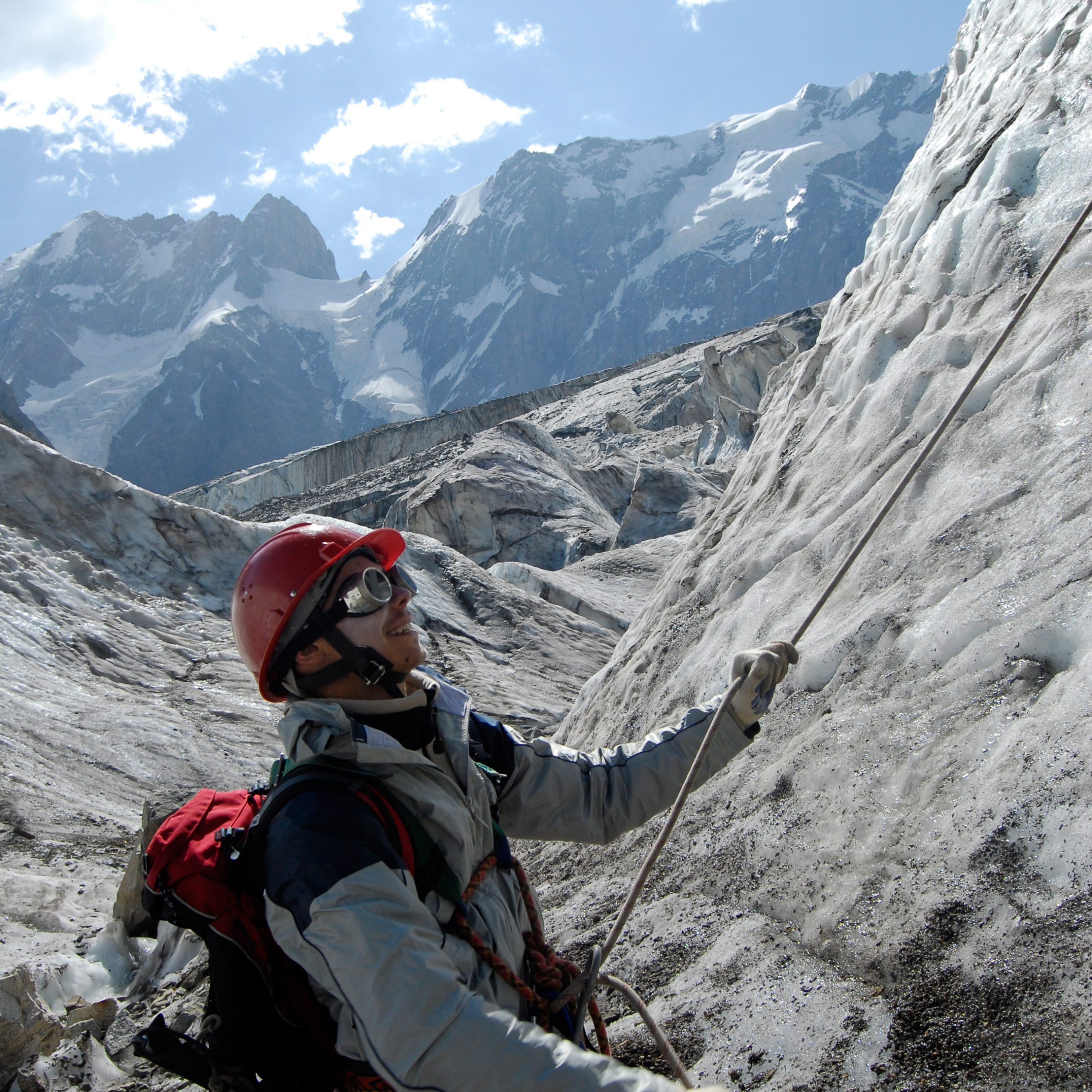
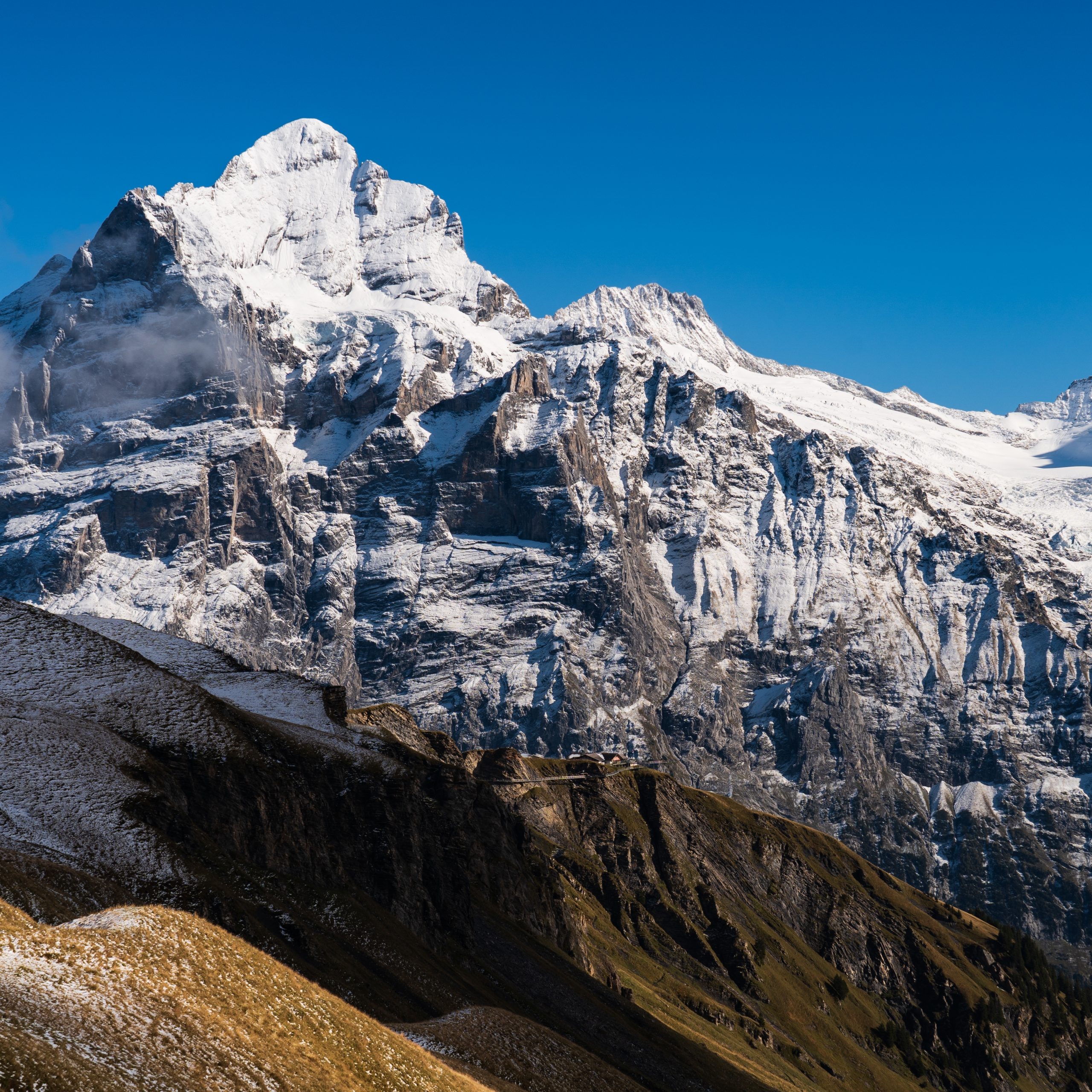
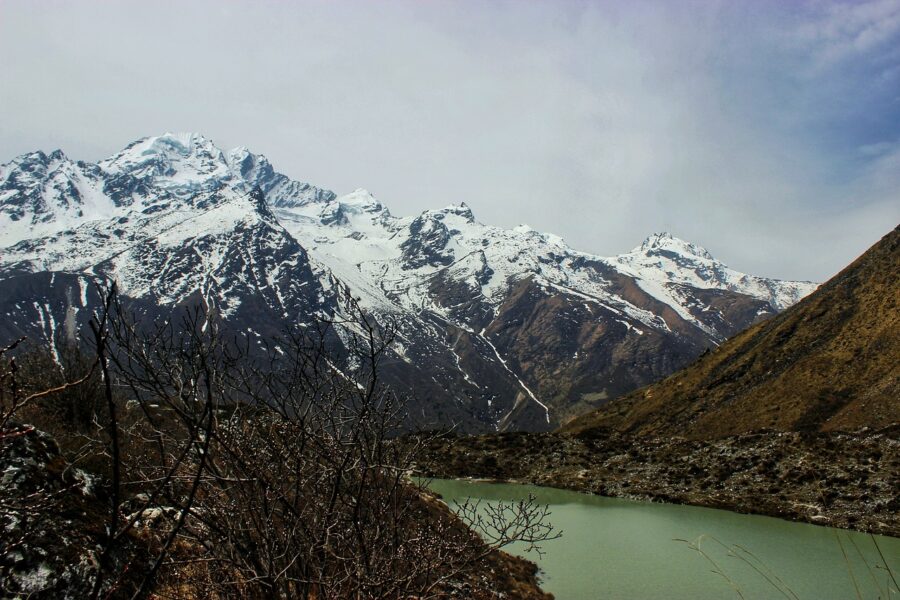
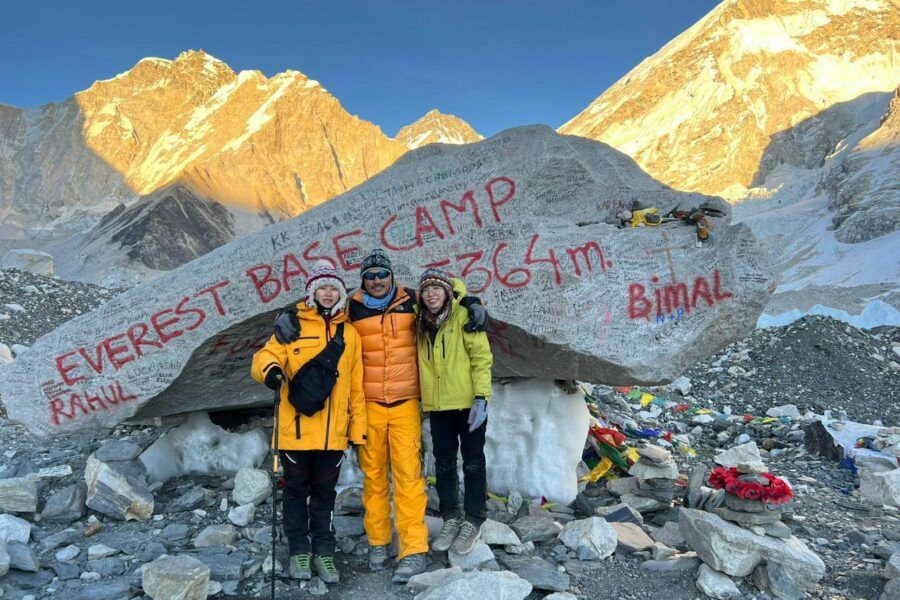
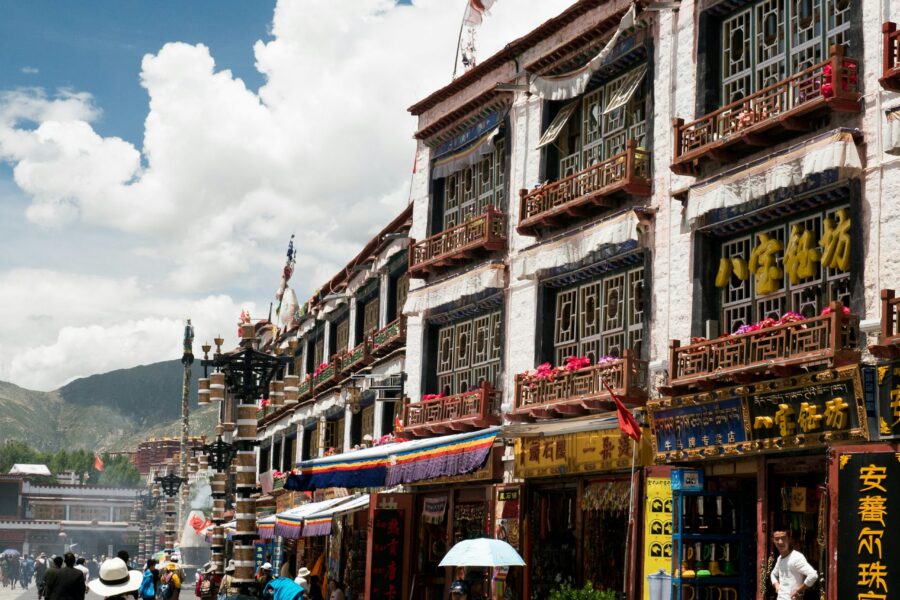
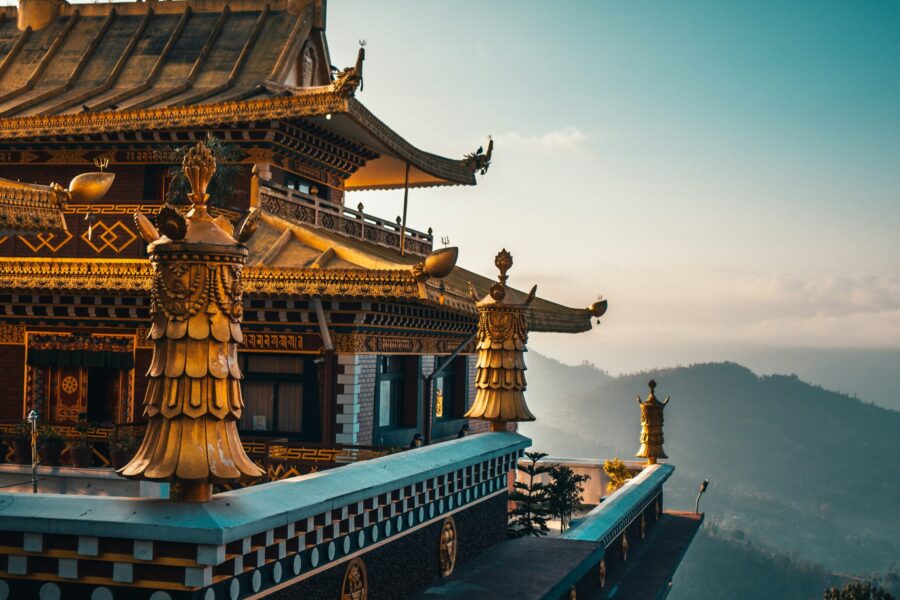
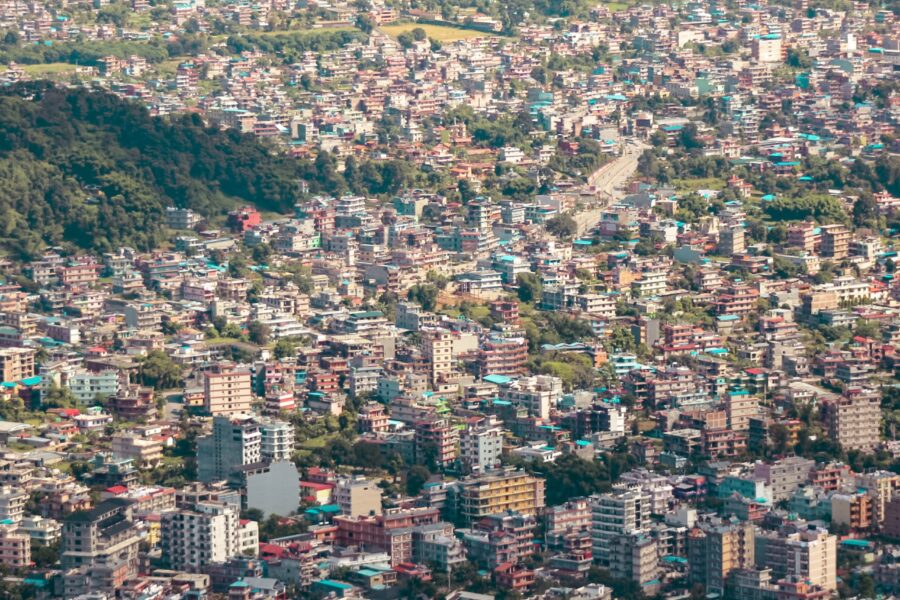
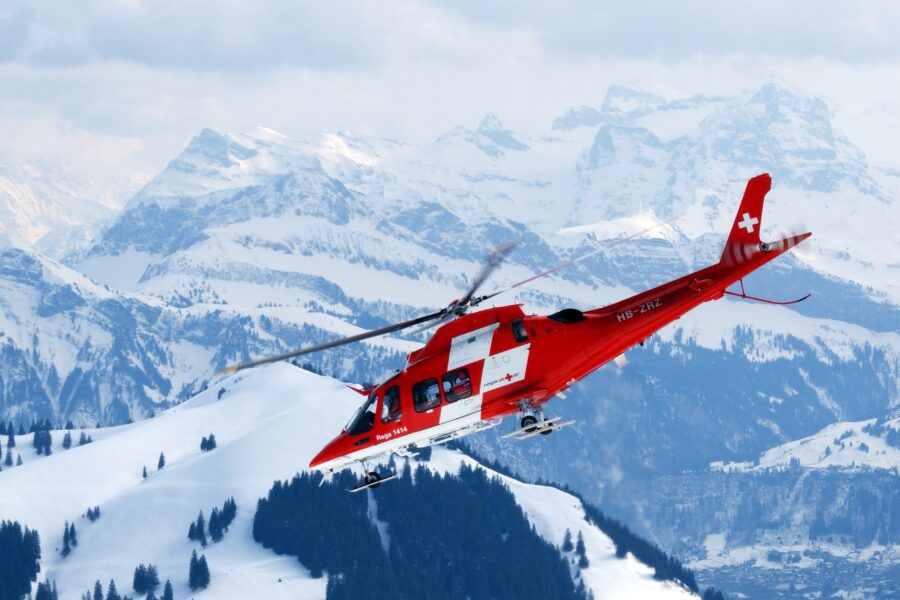


Leave a review